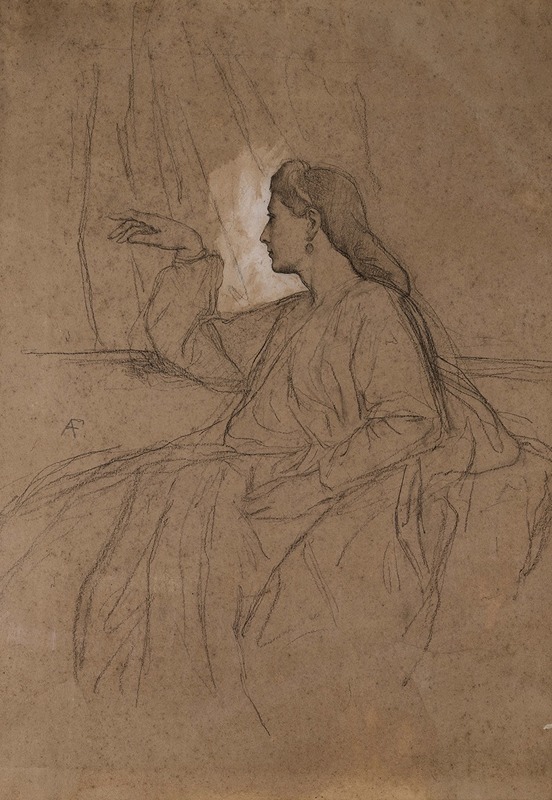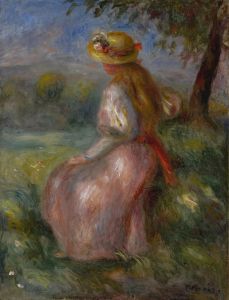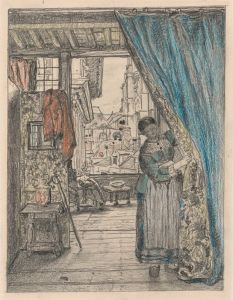
Lesbia mit dem Vogel
A hand-painted replica of Anselm Feuerbach’s masterpiece Lesbia mit dem Vogel, meticulously crafted by professional artists to capture the true essence of the original. Each piece is created with museum-quality canvas and rare mineral pigments, carefully painted by experienced artists with delicate brushstrokes and rich, layered colors to perfectly recreate the texture of the original artwork. Unlike machine-printed reproductions, this hand-painted version brings the painting to life, infused with the artist’s emotions and skill in every stroke. Whether for personal collection or home decoration, it instantly elevates the artistic atmosphere of any space.
Anselm Feuerbach's painting Lesbia mit dem Vogel (Lesbia with the Bird) is a notable work by the 19th-century German painter, who is recognized as one of the leading figures of the German Romantic and Classicist movements. Feuerbach, known for his refined and idealized depictions of historical, mythological, and literary subjects, created this painting in 1860. The work reflects his deep engagement with classical antiquity and his admiration for the Italian Renaissance, both of which significantly influenced his artistic style.
The painting depicts a woman, identified as Lesbia, holding a small bird. The figure of Lesbia is inspired by the Roman poet Catullus's writings, in which Lesbia is a pseudonym for the poet's lover, often associated with the historical figure Clodia. Catullus's poems frequently describe Lesbia's beauty, charm, and the passionate yet tumultuous nature of their relationship. One of his most famous poems references Lesbia's pet sparrow, which is a central motif in Feuerbach's painting.
In Lesbia mit dem Vogel, Feuerbach portrays Lesbia as a serene and contemplative figure, seated in a classical setting. The composition is marked by its simplicity and elegance, with a focus on the figure's pose and expression. The bird in her hand serves as both a literal and symbolic element, referencing the poetry of Catullus while also evoking themes of love, fragility, and transience. The muted color palette and soft lighting contribute to the painting's timeless and introspective quality, characteristic of Feuerbach's work.
Feuerbach's artistic approach in this painting reflects his broader interest in idealized beauty and his pursuit of a harmonious balance between form and emotion. His time in Italy, particularly in Rome, deeply influenced his style, as he immersed himself in the study of classical art and Renaissance masters. This influence is evident in Lesbia mit dem Vogel, where the composition and treatment of the subject demonstrate a synthesis of classical ideals and Romantic sensibilities.
The painting is housed in the Staatliche Kunsthalle Karlsruhe in Germany, where it remains an important example of Feuerbach's oeuvre. It is celebrated for its poetic interpretation of a classical theme and its embodiment of the artist's dedication to merging the ideals of antiquity with the emotional depth of 19th-century art.


















